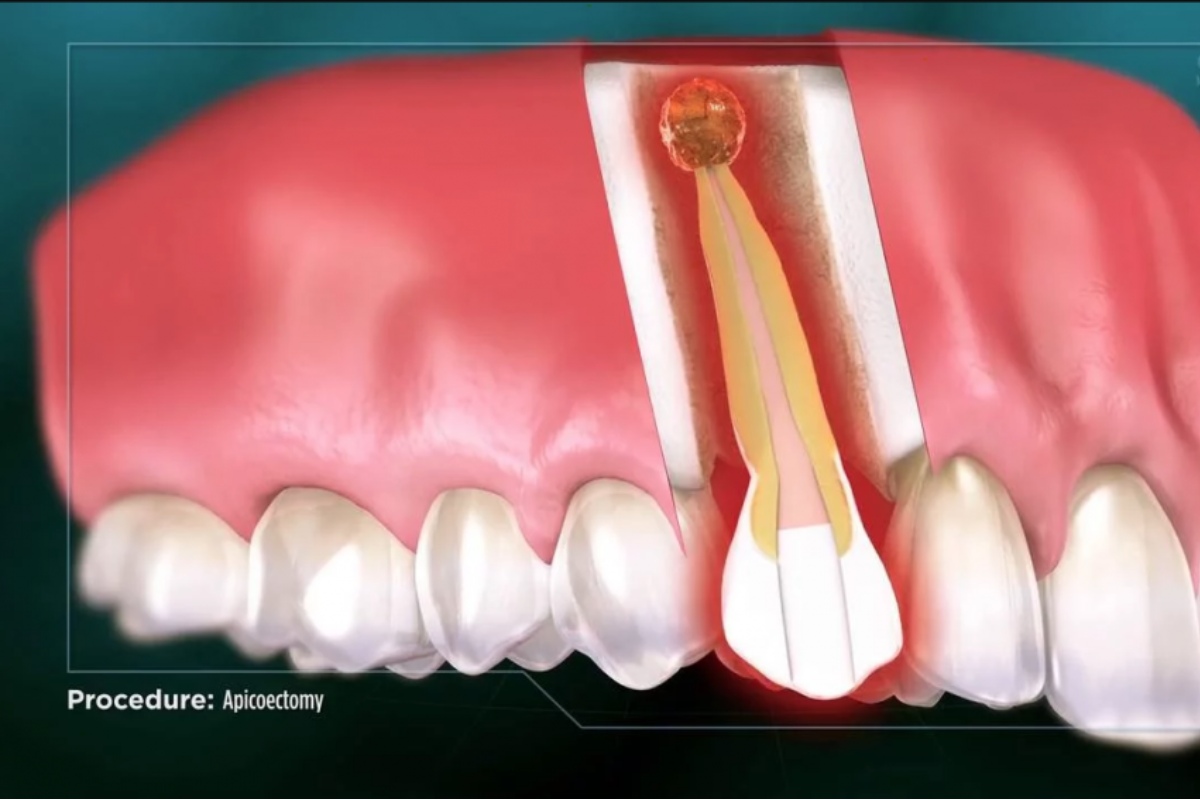A tooth infection is a serious problem. Not only can it be extremely painful and make it hard to do anything with that side of the mouth, the infection can also spread as well. The typical approach for this kind of dental problem is to either cut the root off or apply an apicoectomy for a cleanup situation.
The apicoectomy is a procedure used when a root canal is not successful. The root canal takes out the root and removes the infected material in the root canal entirely, at least that’s what is expected. However, this doesn’t always work as planned. If some part of the infected material remains, then the tooth can become re-infected, and a follow-up procedure is needed to fix the mistake. The apicoectomy is that procedure.
Root amputations are usually applied where the tooth is already substantially compromised by a previous root canal, damage, or bone loss. The procedure involves cutting off the bad root area to save the remaining good root areas on a multi-root tooth, like a molar. The goal of root amputation is to stop a tooth infection from spreading in the first place as well as to clean out the infected tooth. This can be a bit more complicated in a molar that has multiple roots instead of just one, like the front teeth. If not applied, the infection will follow the root and move to the other branches and, in serious cases, can spread to the jaw itself.
The root canal is generally an initial serious tooth treatment. It focuses on the very initial tip of the tooth root versus the deeper part. The assumption is that the infection is just getting started as a result of a cavity and hasn’t spread into the full root body yet. If correct, the problem is eliminated, and the treated root then gets capped. However, if the infection is deeper or missed, then the root canal can fail, and more treatment becomes necessary to save the tooth.
The apicoectomy can definitely be an option for the dentist when irreparable damage makes it impossible to clean out the root canal as-is. Other situations can include a fracture in the body of the tooth’s root, a curved root canal is creating a trap that can’t be reached, or there is calcification blocking access. In many cases, an apicoectomy is probably the last big procedure a dentist can apply before the bad tooth has to be removed entirely. Since extraction can result in serious jaw exposure and facial change as well, it’s avoided where possible. The apicoectomy is an attempt before the tooth is a complete loss.
So, is there a better choice between an apicoectomy vs root canal applications? It’s not really a choice at all. The root canal comes first, and the apicoectomy is the procedure of last resort for the tooth. Understanding the two makes it a lot easier to realize why a root canal isn’t the end of the world yet for a bad tooth as well.

